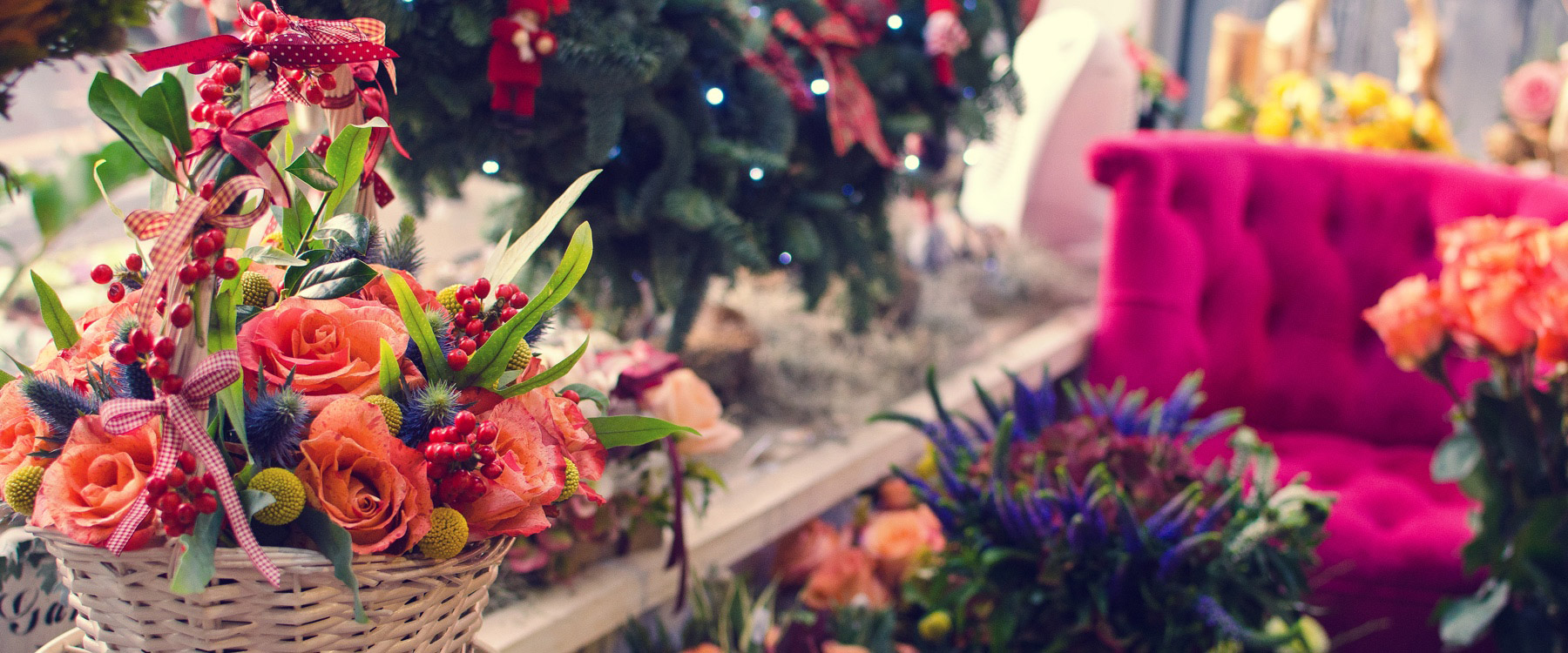
Perennials: Plant once, enjoy for years
Perennials: Plant once, enjoy for years
June 23, 2013
Every year, my appreciation for perennials is renewed. You see, when you purchase a perennial, it may not look like much. More than likely, it may even look worse after you plant it for the first year, but once it takes hold and starts a new cycle, it will grow and bloom like clockwork. Perennials are herbaceous plants, which is the way of describing a plant that doesn’t have a permanent woody stem, like a shrub. They die back to the ground each fall and come back from the root system every spring. I like the “plant once, enjoy for years” option.
Perennials come in a wide variety of shapes, sizes, textures and colors. While perennials cannot compete with the season-long color of annuals, the beauty of the individual flowers of many perennials is unequalled and eagerly awaited each year. Think of the unique looks of columbine and bleeding hearts and the dramatic spires of delphinium and foxglove.
We only get to see those blossoms for a relatively short time compared to annuals like geraniums and petunias. Perennials do have different bloom times during the season and you can literally time the color scheme of your flower beds. You could begin with pinks and purples in early spring and end with the golden tones of Black-Eyed Susans in the fall.
Not all perennials are valued for their blossoms. Many are prized for their foliage and the texture that they add to a garden space such as hostas, ornamental grasses and our perennial of the year.
Variegated Solomon’s Seal Polygonatum odoratum ‘Variegatum’ has the honor of being the Perennial Plant of the Year for 2013. Solomon’s Seal is a partial-to-full shade plant and has arching stems that can reach 18 to 24 inches tall.
Opposite, symmetric green oval-shaped leaves have white margins and tips on stems that do not branch. In late spring, a line of white bell flowers with green tips hang below the foliage, producing blue-black berries in fall. Solomon’s Seal is hardy in Zones 3 to 8 and does well in moist well-drained soil. This gently fragrant plant with the white variegation will add a bright highlight to shady gardens.
When the Perennial Plant Association (PPA) selects a perennial of the year, a list of criteria needs to be met. Perennials must be suitable for a wide range of climatic conditions, be low maintenance, demonstrate pest and disease resistance, have multiple seasons of ornamental interest, be easily propagated and be readily available in the year of release.
The Perennial Plant Association is a professional trade association whose mission is to improve the perennial plant industry by providing education to enhance the production, promotion and utilization of perennial plants. Members include professionals spanning the entire spectrum of the horticultural industry including wholesale growers, seed companies, plant breeders, retailers, landscapers, designers, garden writers and photographers, educators and students, public gardens and arboreta.
The Perennial Plant of the Year program began in 1990. Each year, members of the PPA nominate plants that they feel deserve wider recognition. A committee narrows the nominations to four perennials and the members vote for the winner.
The past ten Perennials of the Year have been: Brunnera ‘Jack Frost’ 2012 (Heartleaf), Amsonia hubrichtii 2011 (Blue Star), Baptista australis 2010 (False Indigo Blue), Hakonechloa macra ‘Aureola’ 2009 (Golden Japanese Forest Grass), Geranium ‘Rozanne’ 2008, Nepeta ‘Walker’s Low’ 2007 (Catmint), Dianthus ‘Firewitch’ 2006 (Cheddar Pink), Helleborus (Lenten Rose) 2005, Athyrium niponicum ‘Pictum’ (Japanese Painted Fern) 2004 and Leucanthemum ‘Becky’ (a Shasta Daisy) 2003.
Some tips to keep in mind when selecting perennials for your garden:
• Choose the colors and textures that appeal to you
• Know the space you have available and the full size of your plant
• Select plants that will provide color throughout the growing season
• Select plants that are appropriate for the amount of sunlight and shade that is available
• If planting several perennials in the same area, look for companion plants that have the same light and water requirements.



